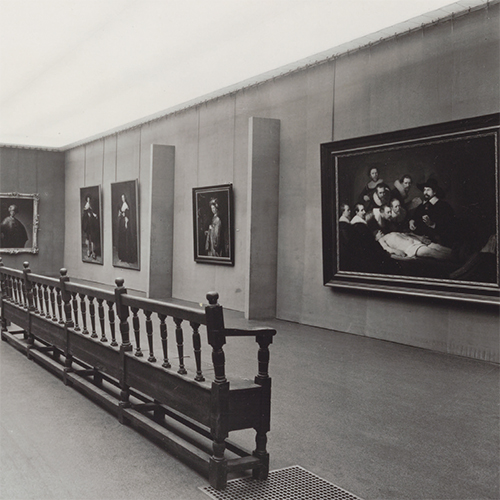An Exceptional Commission
Conservation History, Treatment and Painting Technique of Rembrandt’s Marten and Oopjen, 1634
DOI:
https://doi.org/10.52476/trb.9762Abstract
This article focuses on the conservation history and recent treatment (2016-2018) of the newly acquired pendant portraits of Marten Soolmans and Oopjen Coppit painted by Rembrandt in 1634. Much new information is brought to light about the nineteen-fifties treatments by William Suhr in New York and Henricus Hubertus Mertens in Amsterdam, particularly their varnishing methods. An impressive array of scientific analyses gave insight into the nature of the old varnish layers that were found on top of Rembrandt’s paint layers. The recent treatment, carried out in the paintings conservation studio of the Rijksmuseum, restored much of the stunning detail and original colour contrasts in the two portraits. This consisted of removal of the 1950s varnish layers, along with (partial) reduction of a degraded and discoloured egg-white varnish. Scientific and computational analyses carried out as part of the conservation process also led to important new insights regarding the genesis of the portraits and Rembrandt’s early painting technique. Macro-x-ray fluorescence (xrf) imaging showed significant changes in the composition of the backgrounds that Rembrandt later painted over with a curtain. Novel data gained from forensic imaging analysis of the canvas supports indicate that Marten and Oopjen are painted on two lengths of canvas that were cut from the same roll; however, more research is needed to conclude whether the portraits were initially intended as one composition. High resolution imaging and scientific analyses also
reveal Rembrandt’s extraordinary skill and inventiveness, for instance in painting bobbin lace using black on top of white, and his mastery in creating subtle modulations of light and tone through unusual additions of pigments.
Downloads







